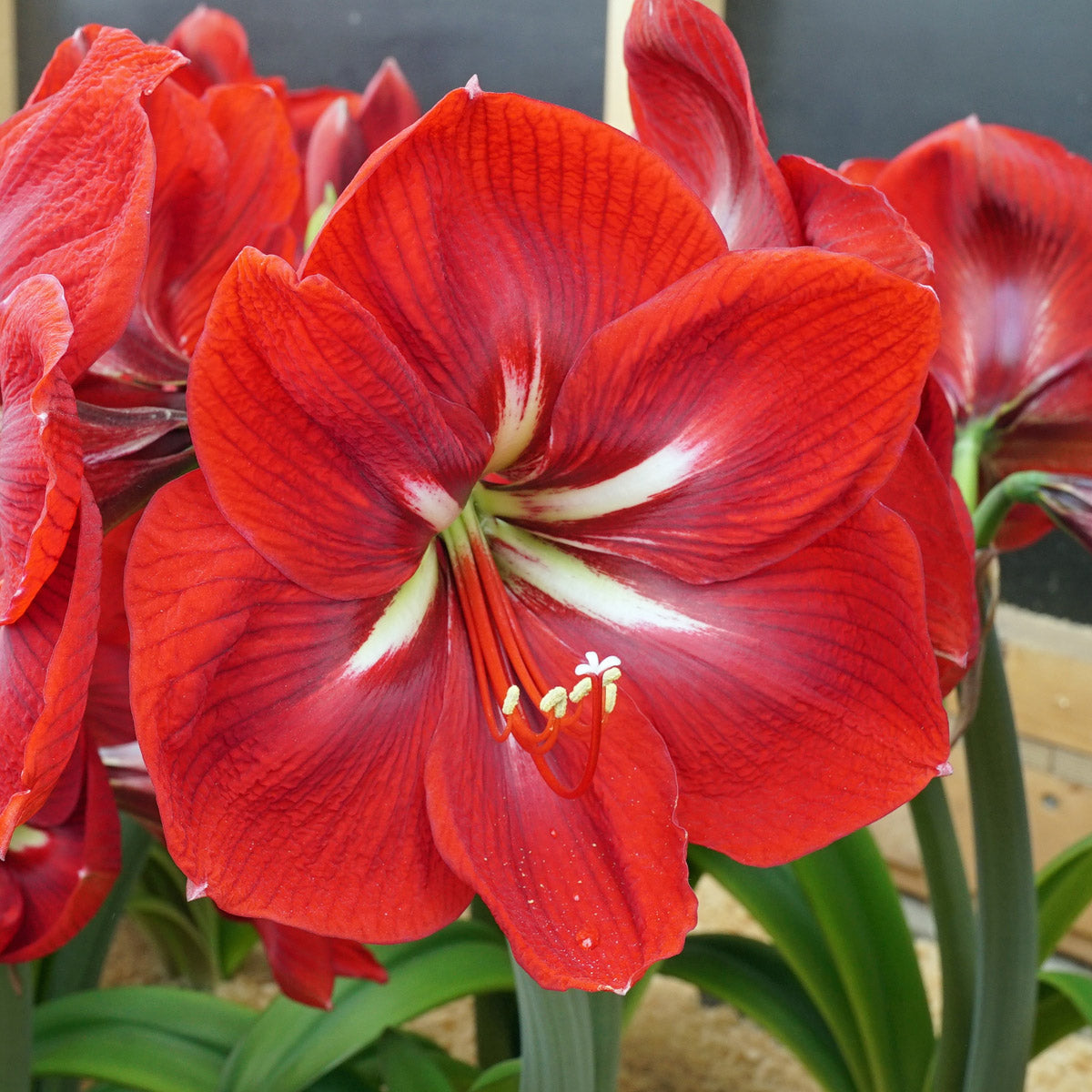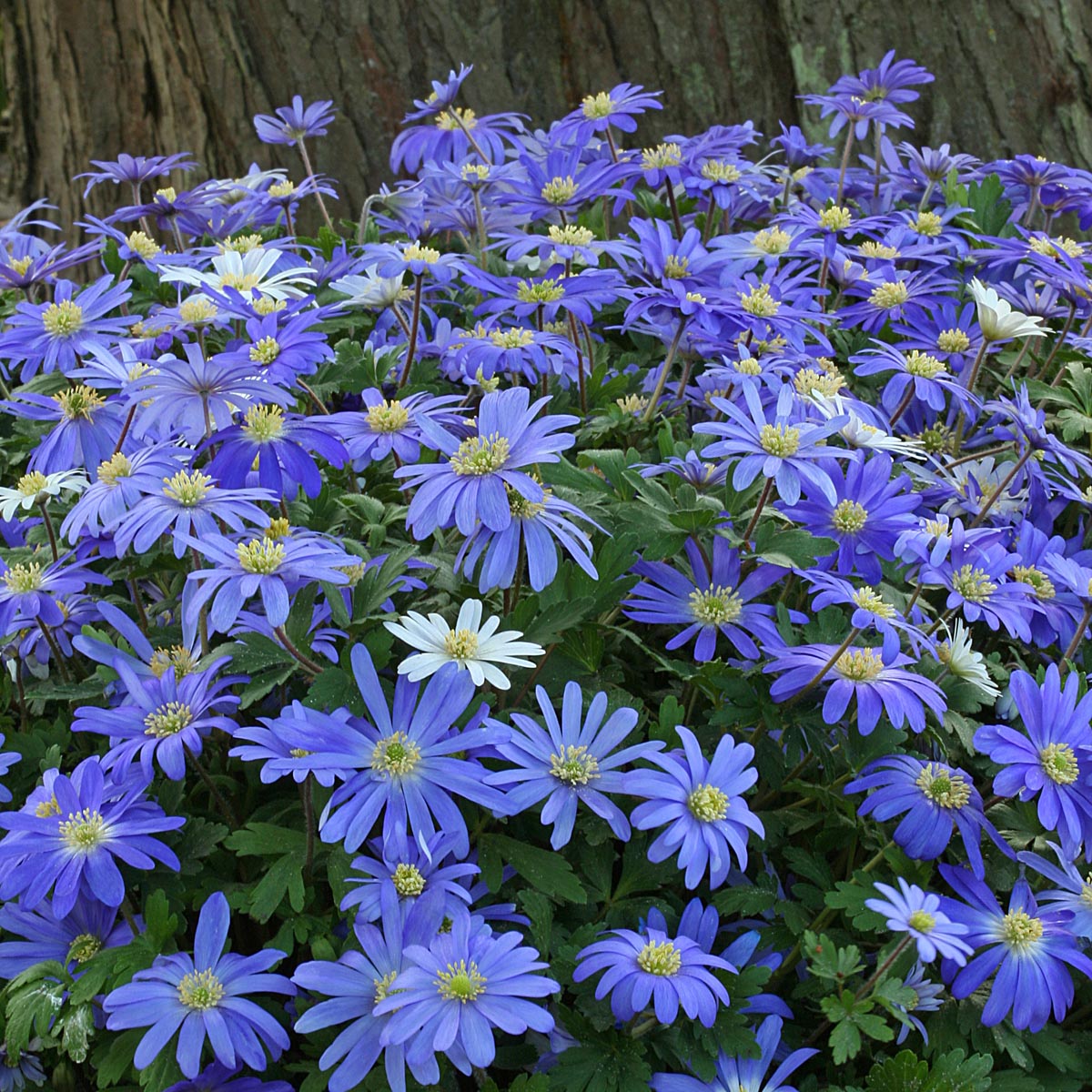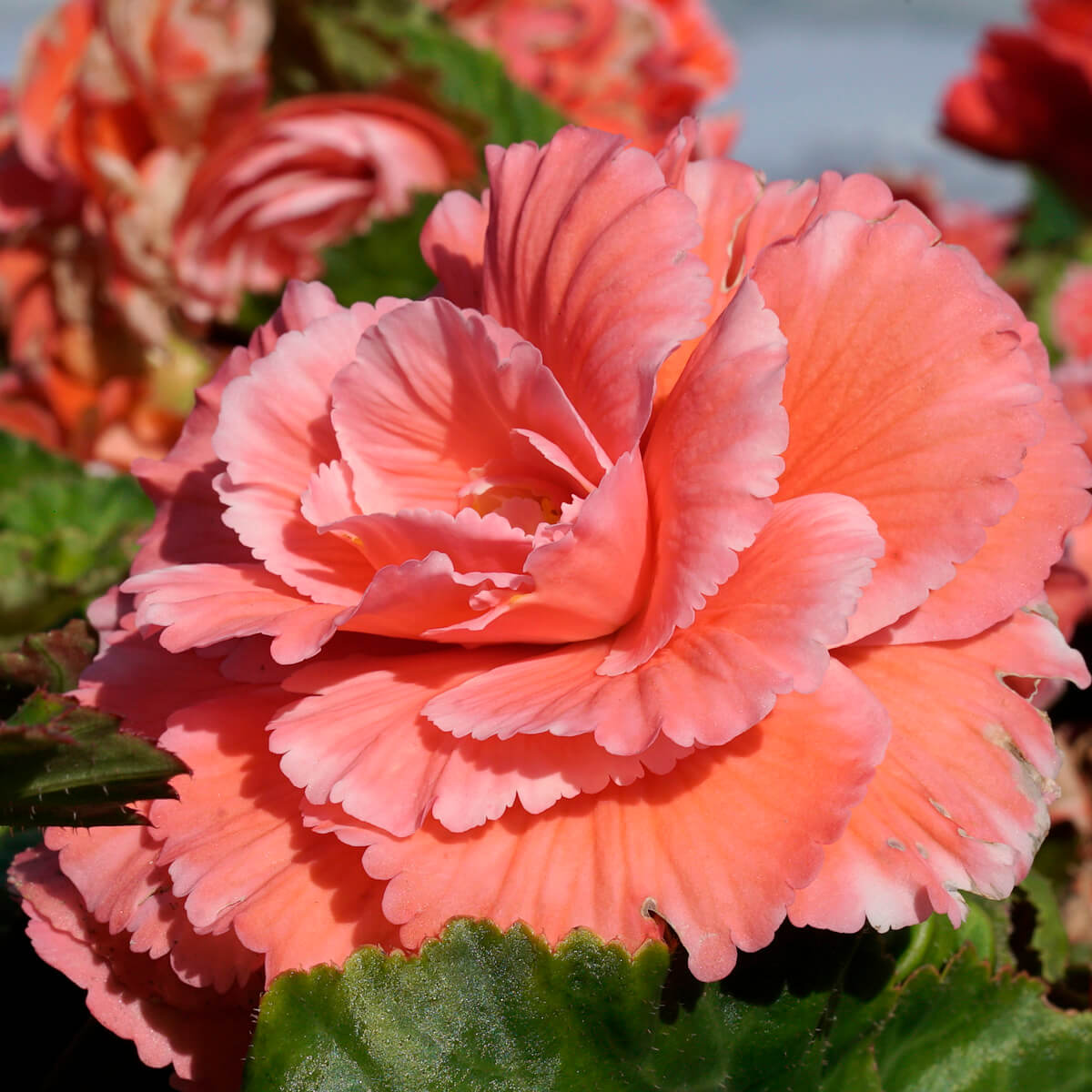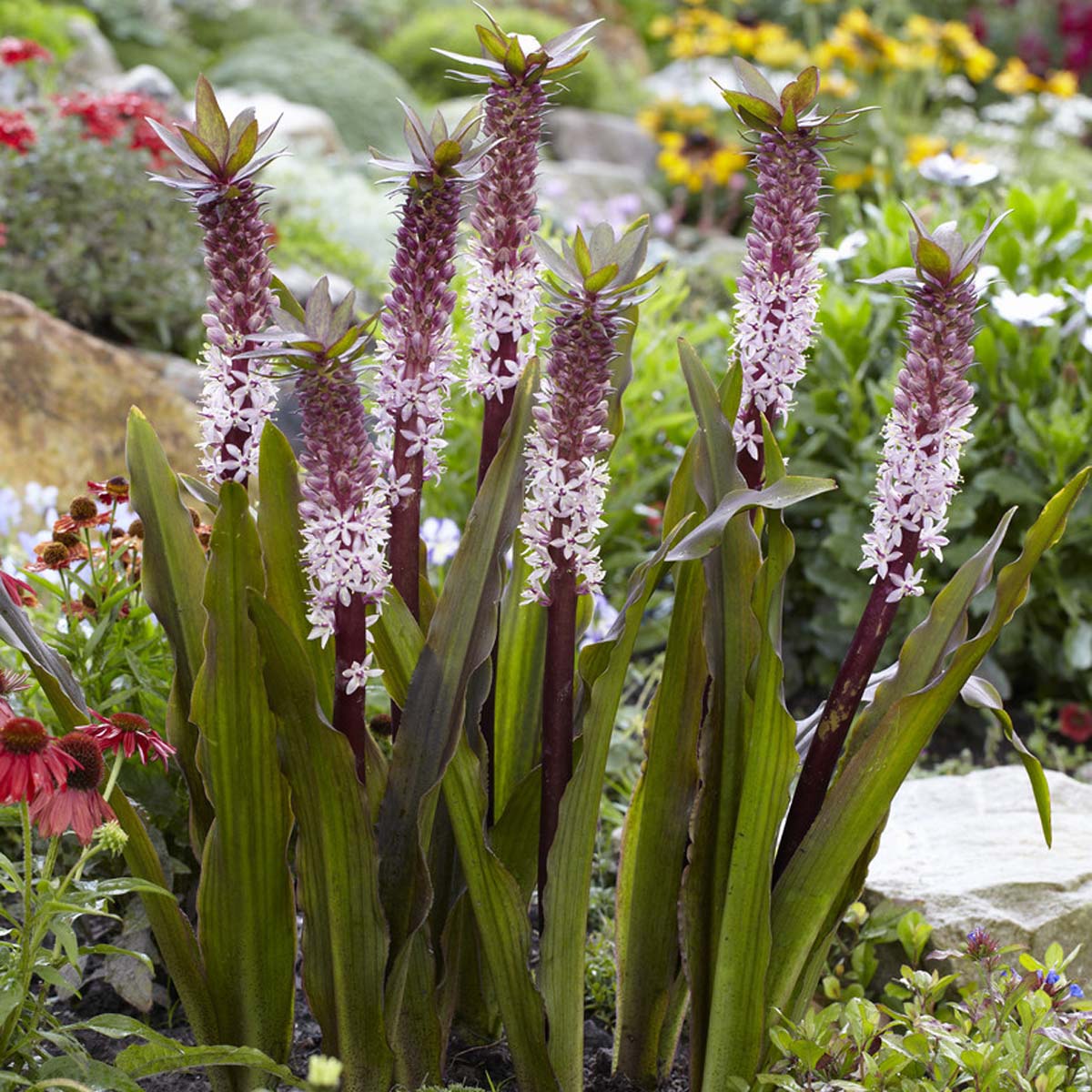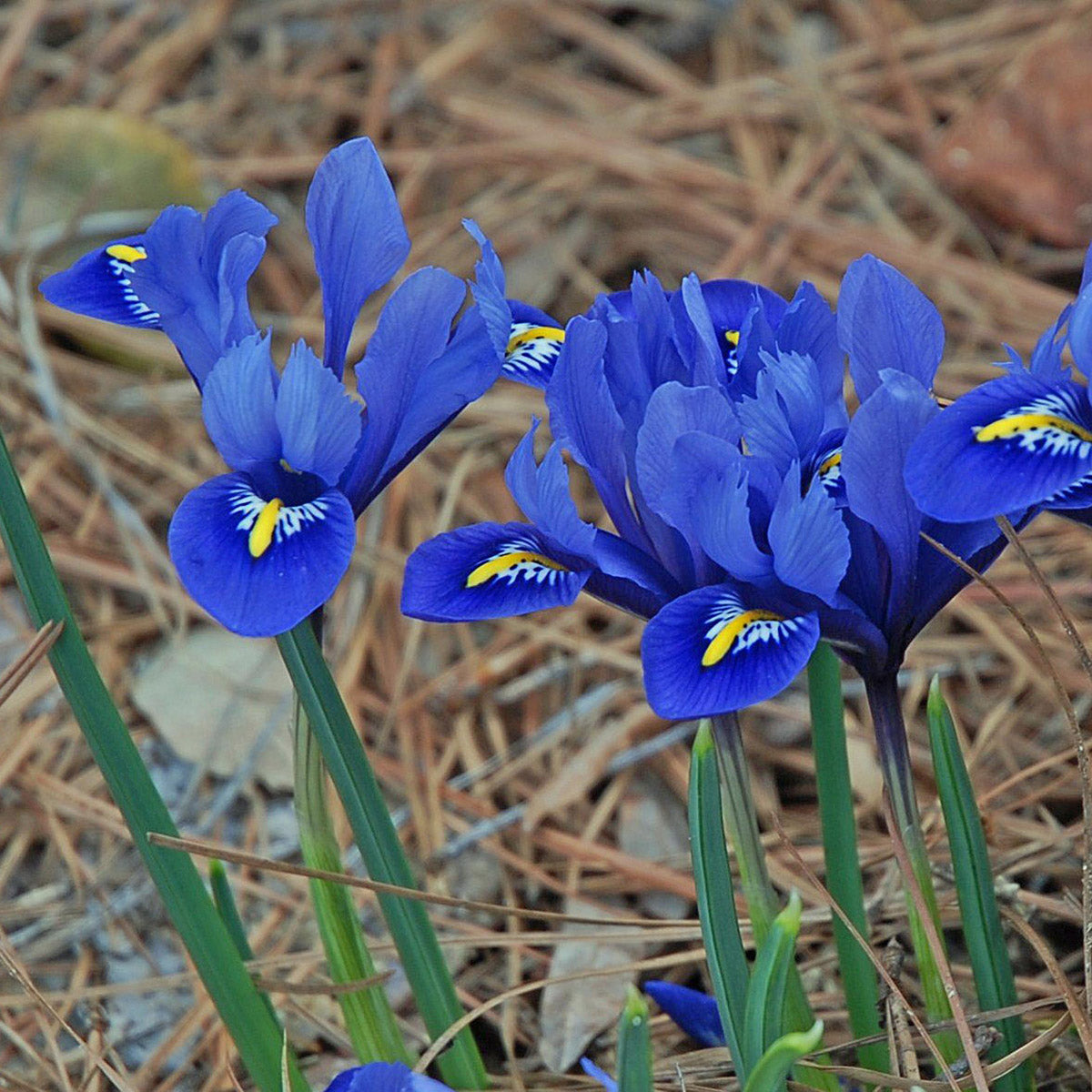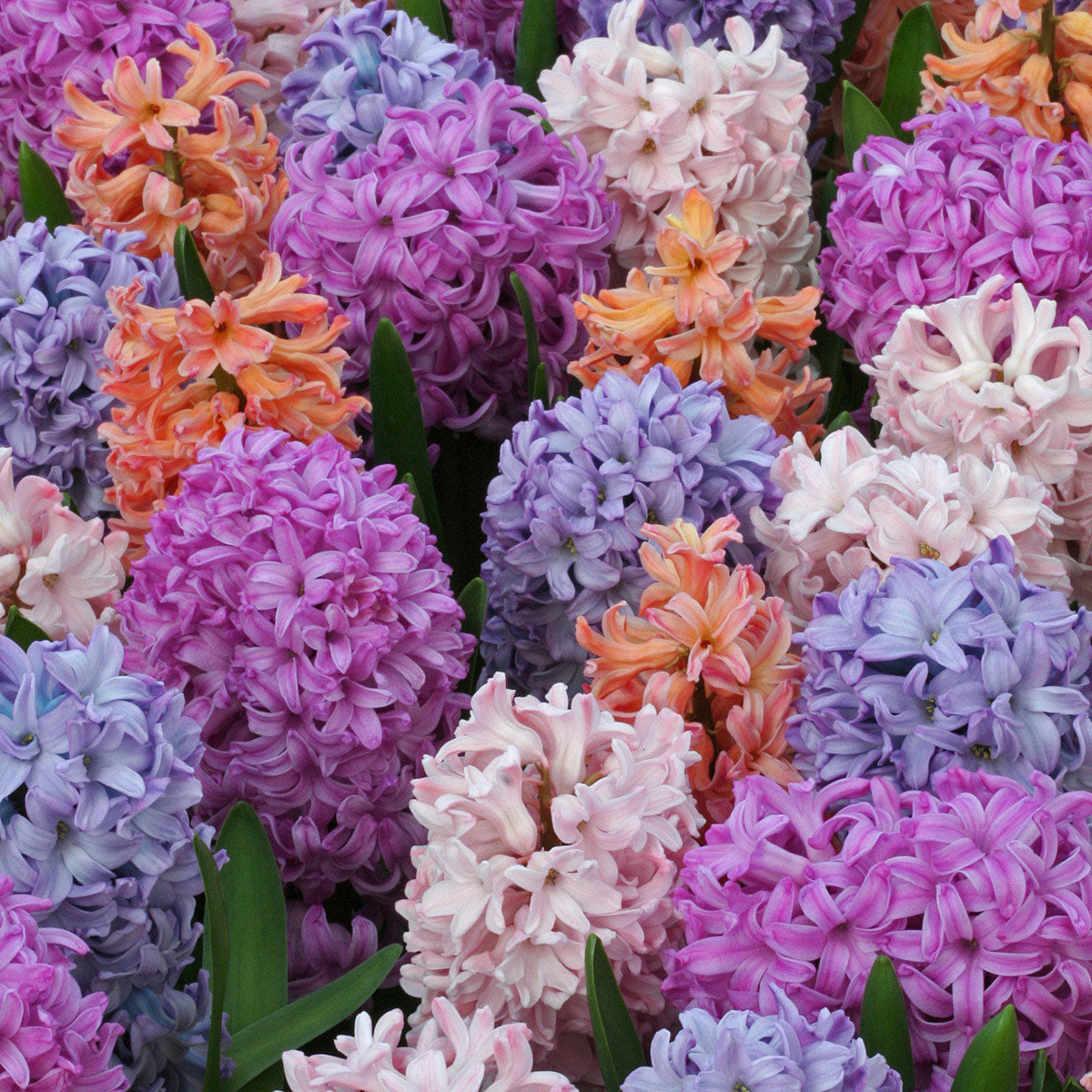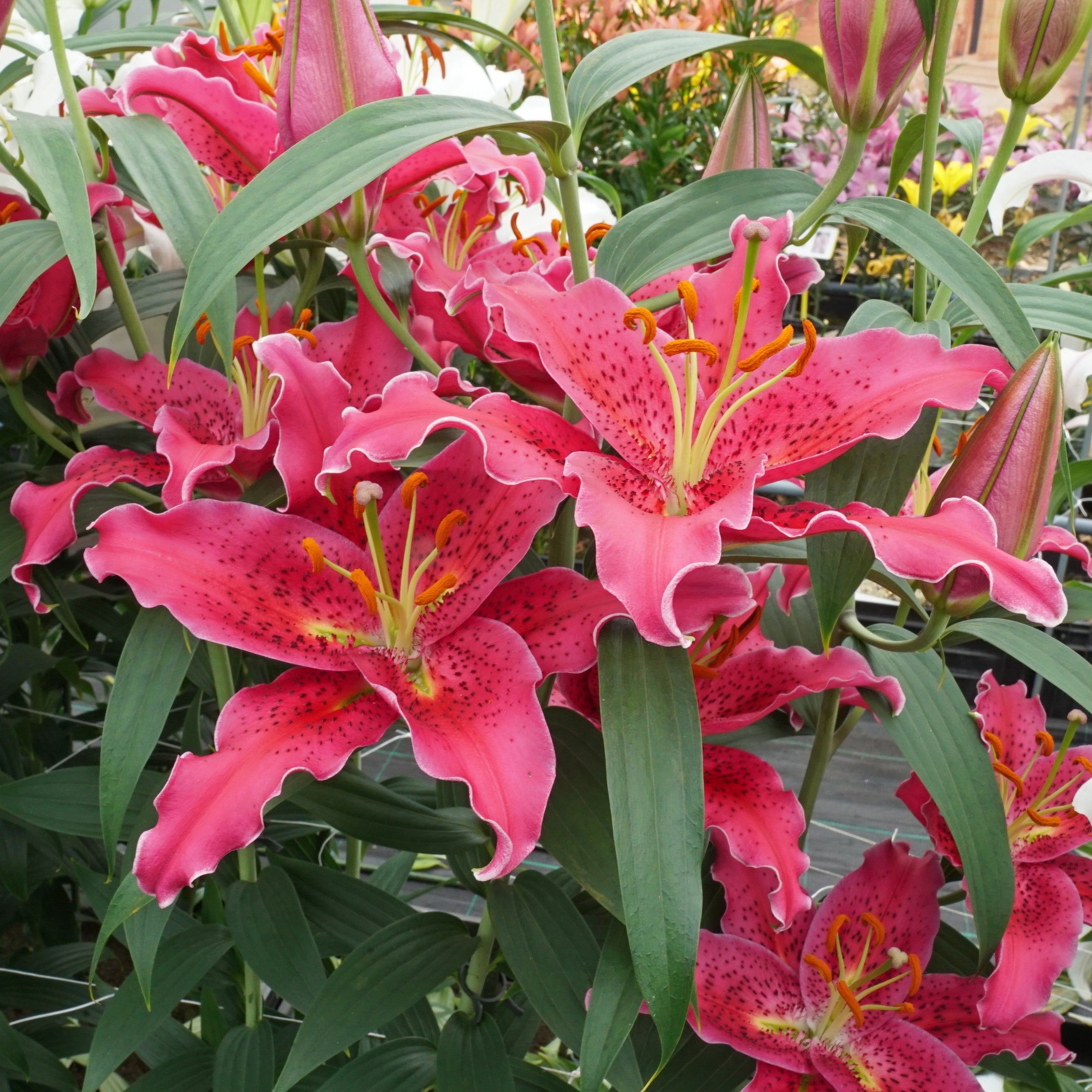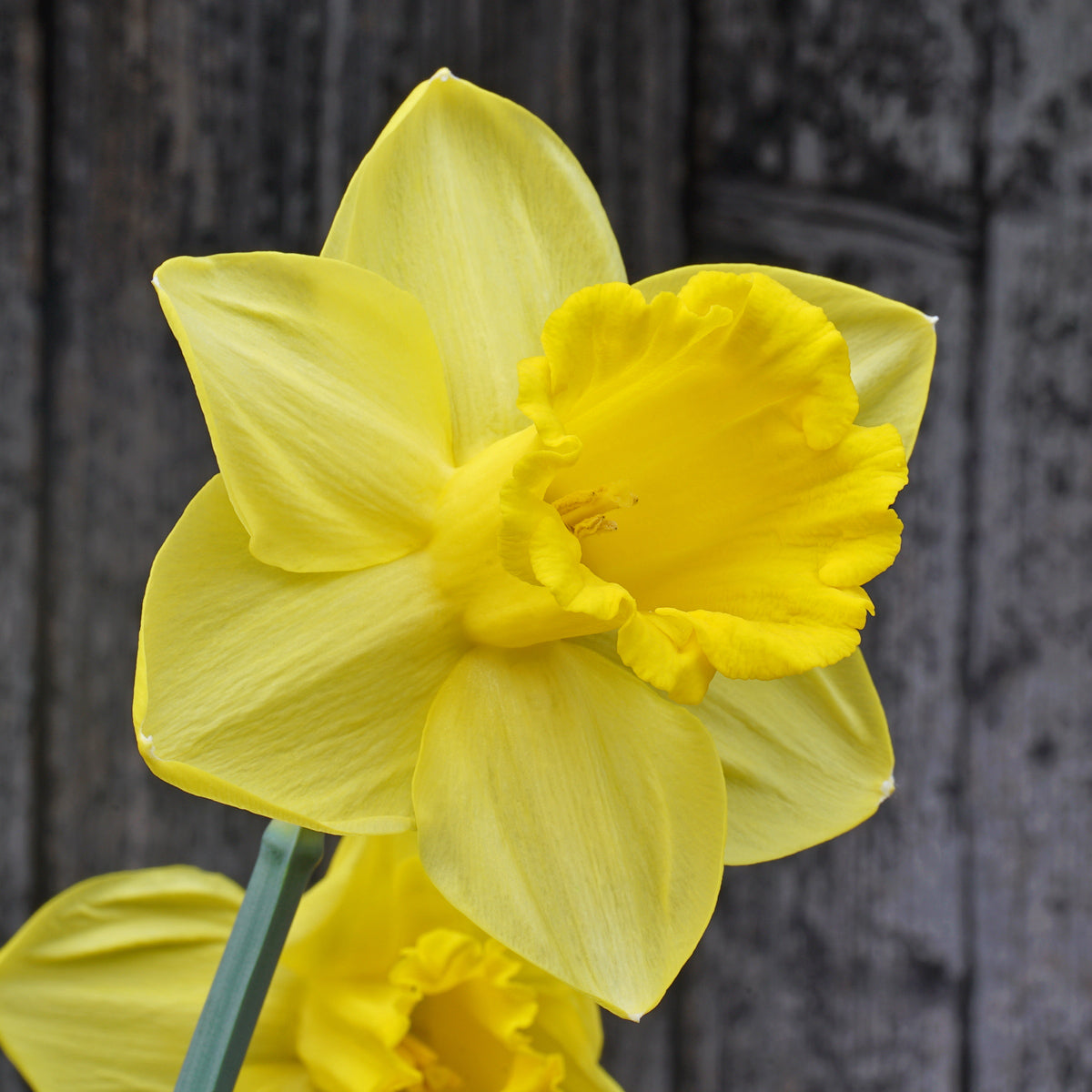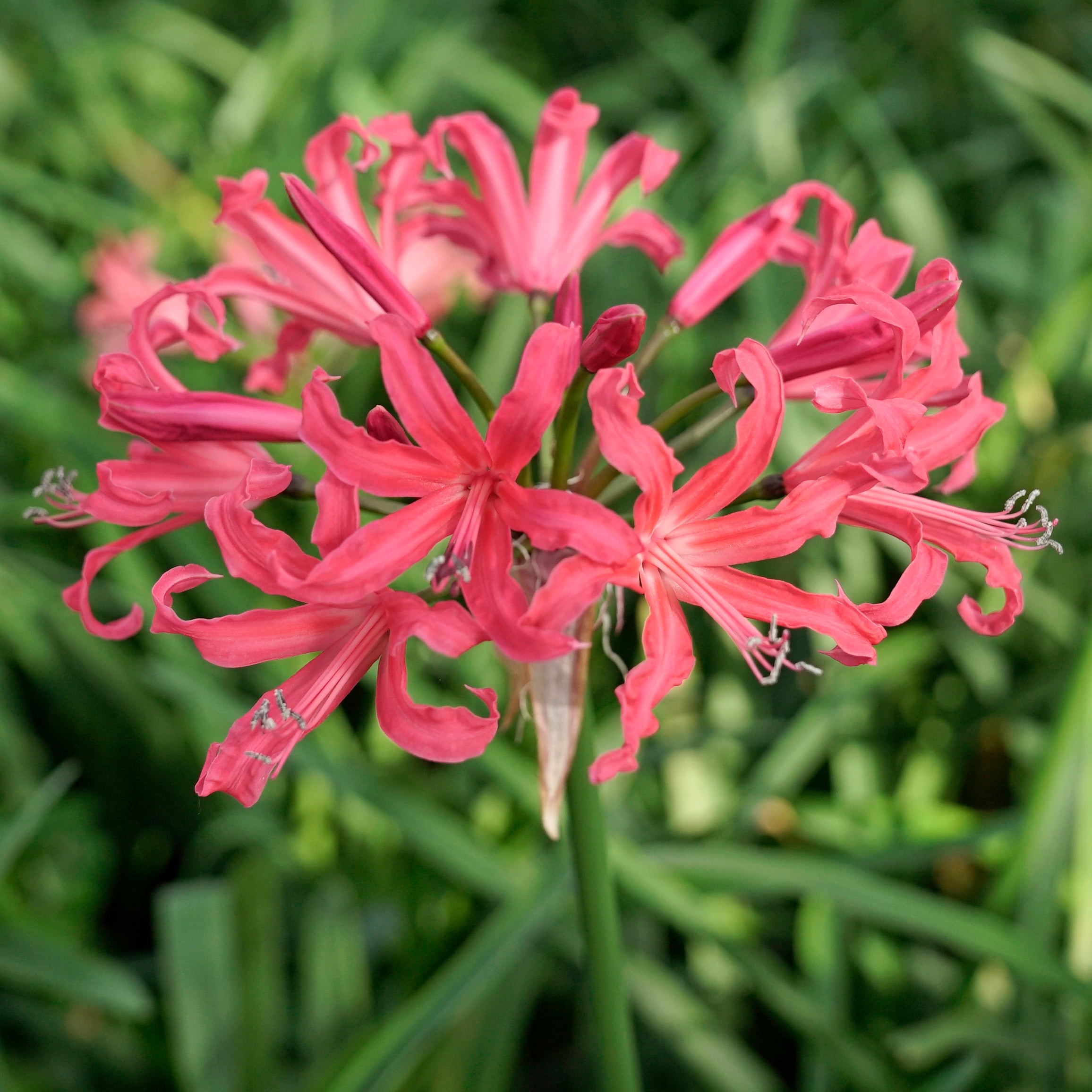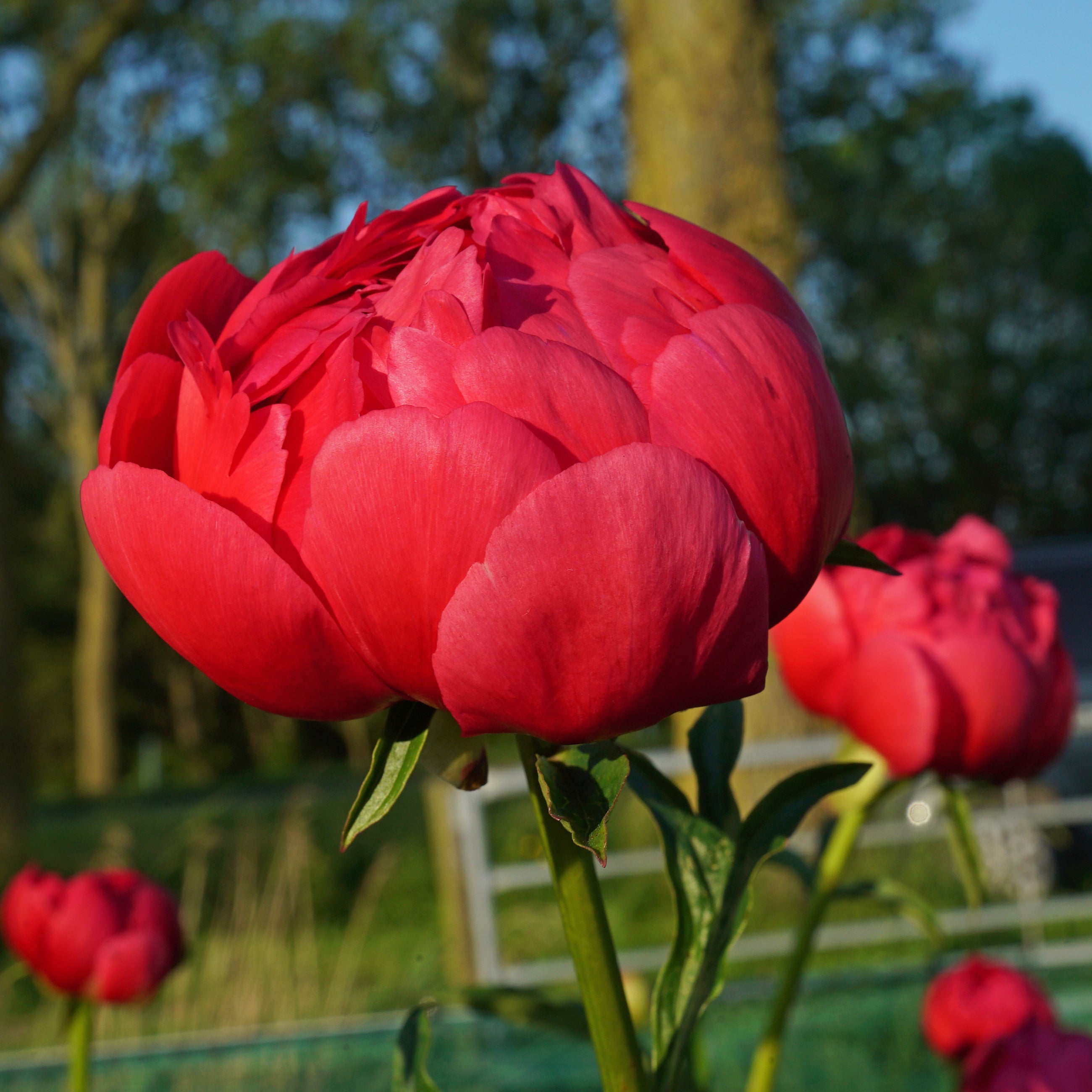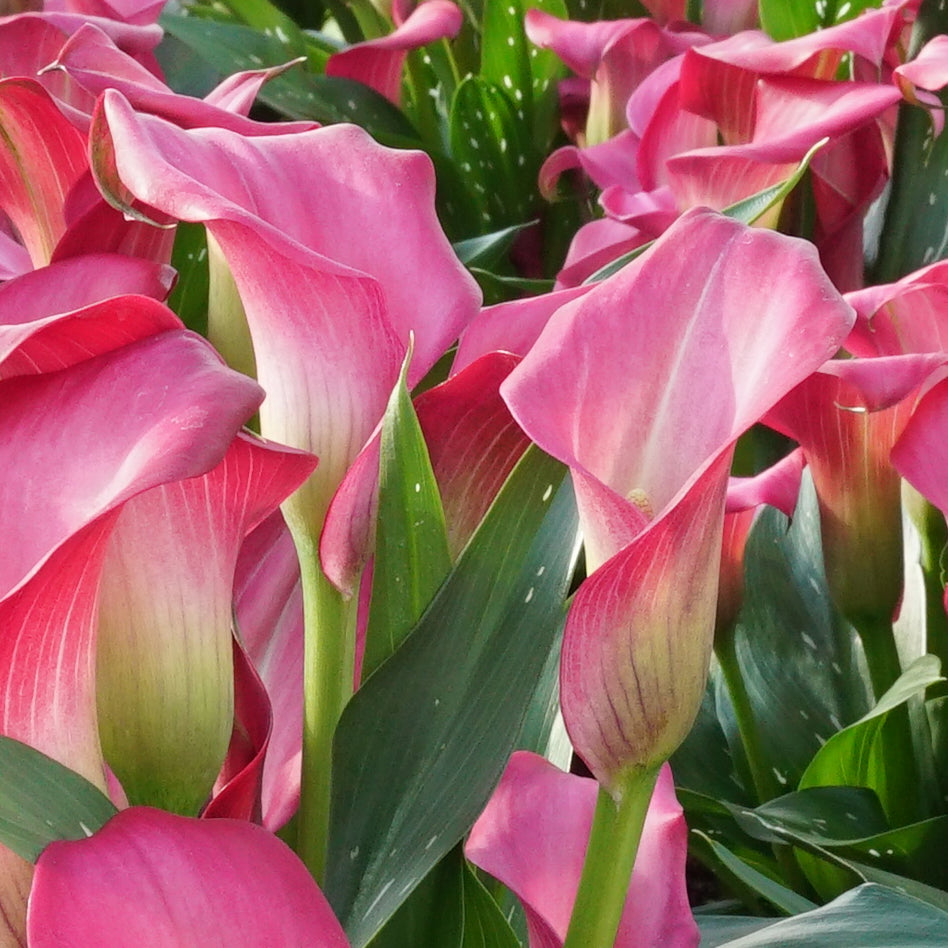The Nerine is better known as a cut flower than as a garden or pot plant. This is mainly because this bulbous plant, originating from South Africa, could not cope well with European winters. But in the flower world, a lot of breeding is done to improve the properties of plants and in the case of the Nerine, this has led to the creation of a number of very useful, reasonably winter-hardy garden Nerines.
Often this is the result of crosses between different Nerine species, but a number of new hardy Nerines have also arisen from crosses of Nerine bowdenii with Amaryllis belladonna. The offspring of the cross Nerine bowdenii x Amaryllis belladonna are called “ Amarine ” and this is a product of which I have very high expectations as a garden plant.
Tests show that the Amarine bulbs still flower every year after 5 years, and in the third and fourth year even more flowers appear because then the clusters of the bulbs also start to flower. Very worthwhile to try once in the garden, the laughing flowers of the Nerine and Amarine waving in the wind are an enrichment for the garden in the autumn.
Nerine plants
Three things are important when planting the Nerine:
- After planting, the nose of the Nerine bulb should protrude 2 centimetres above the ground and the bottom of the Nerine/Amarine bulb should be firmly in the ground.
- The soil should be kept moist for the first few months after planting so that the bulb can develop good roots.
- Cover Nerines with a layer of leaves or straw or peat moss during the winter months in areas where there is severe winter frost.
If the Nerine bulb is planted too deep in the ground, the bulbs often rot, so when planting, the nose of the bulb should protrude a few cm above the soil surface.
Keep the soil moist after planting, then the bulbs will quickly start to grow roots. This is really important, because if the leaf of the Nerine starts to grow before the bulb has grown roots properly, the flower that is already in the bulb and should start to bloom in the fall will dry up. In the spring there is often little rain, so make sure that the soil remains moist, especially in the first months after planting.
Do not plant the bulbs too close together, at least 25 cm apart gives a better result than planting them close together as you may be used to with tulips or daffodils. By planting more widely, the Nerines also get more light which benefits flowering. I personally think that the Nerine comes into its own best when spread out widely through a border or garden. The flower crown of the Nerine also comes into its own better if it has space. The Nerine is a perennial in the same place for several years, so give it space to expand and reach full maturity.
If you plant the Nerine in large numbers you will be amazed at how beautiful your garden will be in the autumn. She is the goodnight kiss of your garden before she peacefully begins her winter sleep.

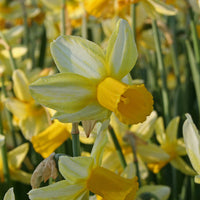



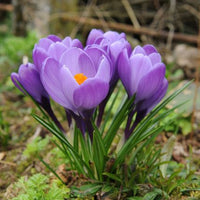




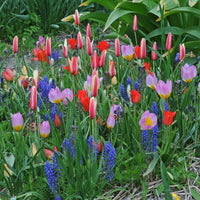


 Deutsch
Deutsch English
English

